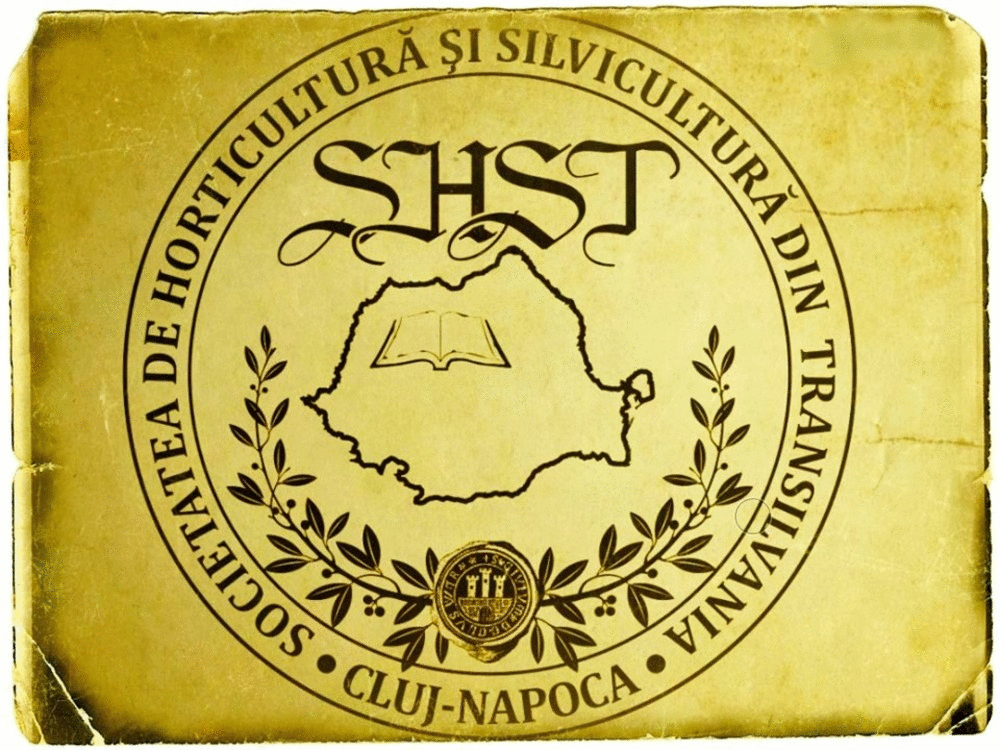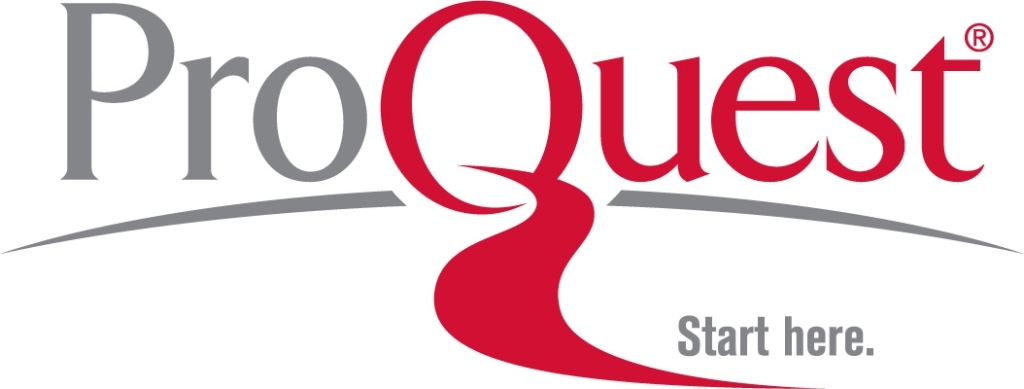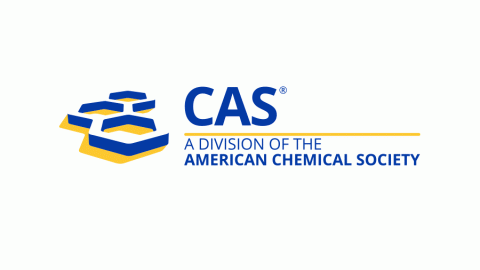Growth and Development of Acanthiophilus helianthi (Diptera: Tephritidae) Feeding on Safflower, Carthamus tinctorius
DOI:
https://doi.org/10.15835/nsb729521Keywords:
A. helianthi Rossi growth; hatchability; larvae; longevity; oilseed crop; safflower flyAbstract
Safflower fly, Acanthiophilus helianthi Rossi (Diptera: Tephritidae), undergoes four stages (egg, larva, pupa and adult) during its growth and development. In this study, observation showed that the egg’s stage took 1.16 ± 0.00, larva’s stage took 12.02 ± 0.13 and pupa’s stage took 7.03 ± 0.08 days before the emergence of adults. The male adult survived for 21.97 ± 2.69 days, while the female lived 19.19 ± 1.50 days. It was observed that the eggs were laid in a cluster, with a range between 10 – 50 eggs per cluster. The length and width of the individual egg were 1.12 ± 0.03 mm and 0.20 ± 0.00 mm respectively. The percentages of the survived individual larva decreased from the first instar until third instar. In the experiment, the length and width of the larva reached 7.77 ± 0.08 mm and 1.84 ± 0.03 mm respectively. Pupae were observed changing in colour from pale white to dark brown. The length and the width of the pupae observed were 6.78 ± 0.16 mm and 2.90 ± 0.02 mm. The longevity of the adults Acanthiophilus helianthi Rossi was influenced by the diets they consumed, the presence of other individuals, wideness of the areas, differences in time taken within the life cycle (between different stages) and temperature in the laboratory.
Metrics
Downloads
Published
How to Cite
Issue
Section
License
Papers published in Notulae Scientia Biologicae are Open-Access, distributed under the terms and conditions of the Creative Commons Attribution License.
© Articles by the authors; licensee SMTCT, Cluj-Napoca, Romania. The journal allows the author(s) to hold the copyright/to retain publishing rights without restriction.
License:
Open Access Journal - the journal offers free, immediate, and unrestricted access to peer-reviewed research and scholarly work, due SMTCT supports to increase the visibility, accessibility and reputation of the researchers, regardless of geography and their budgets. Users are allowed to read, download, copy, distribute, print, search, or link to the full texts of the articles, or use them for any other lawful purpose, without asking prior permission from the publisher or the author.













.png)















